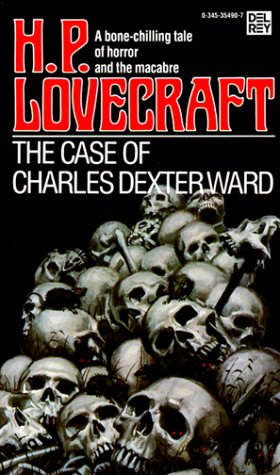There is a lot of good stuff in this book. Its characters are all likable and occasionally funny, and even though they lean slightly on comforting archetypes like "affable goofball", there are enough little details to keep them feeling real, and less like cliches. The writing is spare and elegaic enough to both convey the intricacies of teen angst, and the beauty of the island. Lockhart also knows how to write a good suspense thriller, revealing small clues along the way, until hitting the reader with the big ending reveal. She creates a real sense of mystery and dread that sustains until the rather disappointing surprise ending.
It's not perfect however. Its old-mansion-old-money setting harks back to 50's teen romances like A Summer Place, and the spookiness of the plot seems to recall even older gothic novels like Wuthering Heights (which is once directly name-checked by a character), and The Castle of Otranto, so it often seems like it should be set in another time period. As a result, it was often distracting to see references to iPads and other modern items among the lush, romantic descriptions of swimming in the ocean and making homemade wine, and as a result, often made the tone of the story seem uneven. It often seems to be trying too hard to hector the audience about race and class in America, and at several points in the story, characters stop what they're doing to make small speeches about those aforementioned issues, that often feel like Lockhart hitting me over the head with a large hammer labeled "SOCIAL COMMENTARY".
Of course, I can't forget the infamous surprise ending. I don't know how other people took it, but I thought it was rather cheap. It's essentially (SPOILER ALERT: DO NOT READ ON IF YOU CARE ABOUT SUCH THINGS) the hoary old chestnut "It was all a dream" that I thought died out with pulp novels. One could argue that it was done partly in homage to the creaky 1930's and 40's melodramas the book is essentially a modern riff on, but that still doesn't make up for how much of an unsatisfying cop-out it was.This prominent flaw will probably prevent it from being the next Fault in Our Stars or Thirteen Reasons Why, but aside from that's it's an okay pulp suspense novel.
Grade:
B






